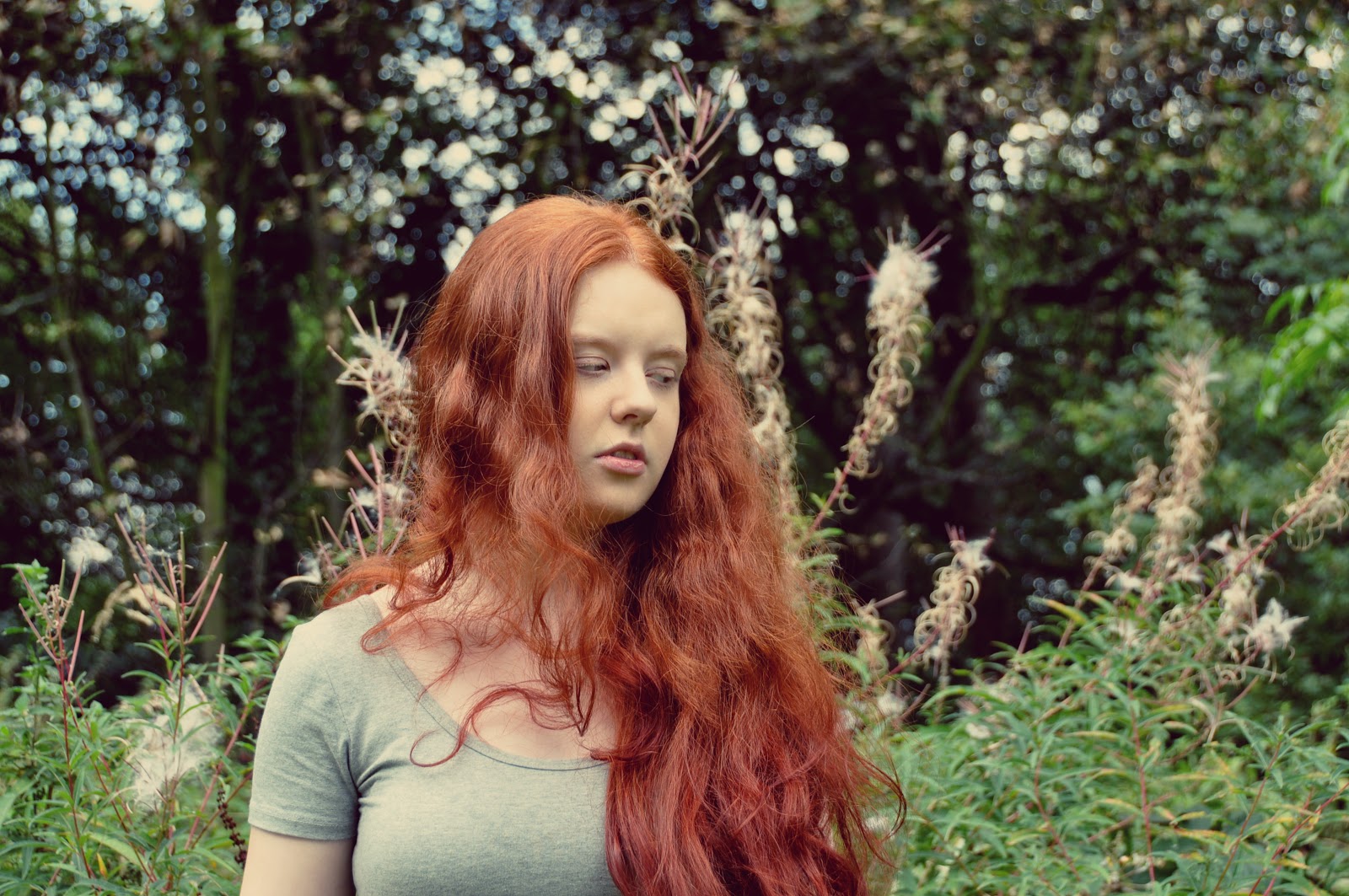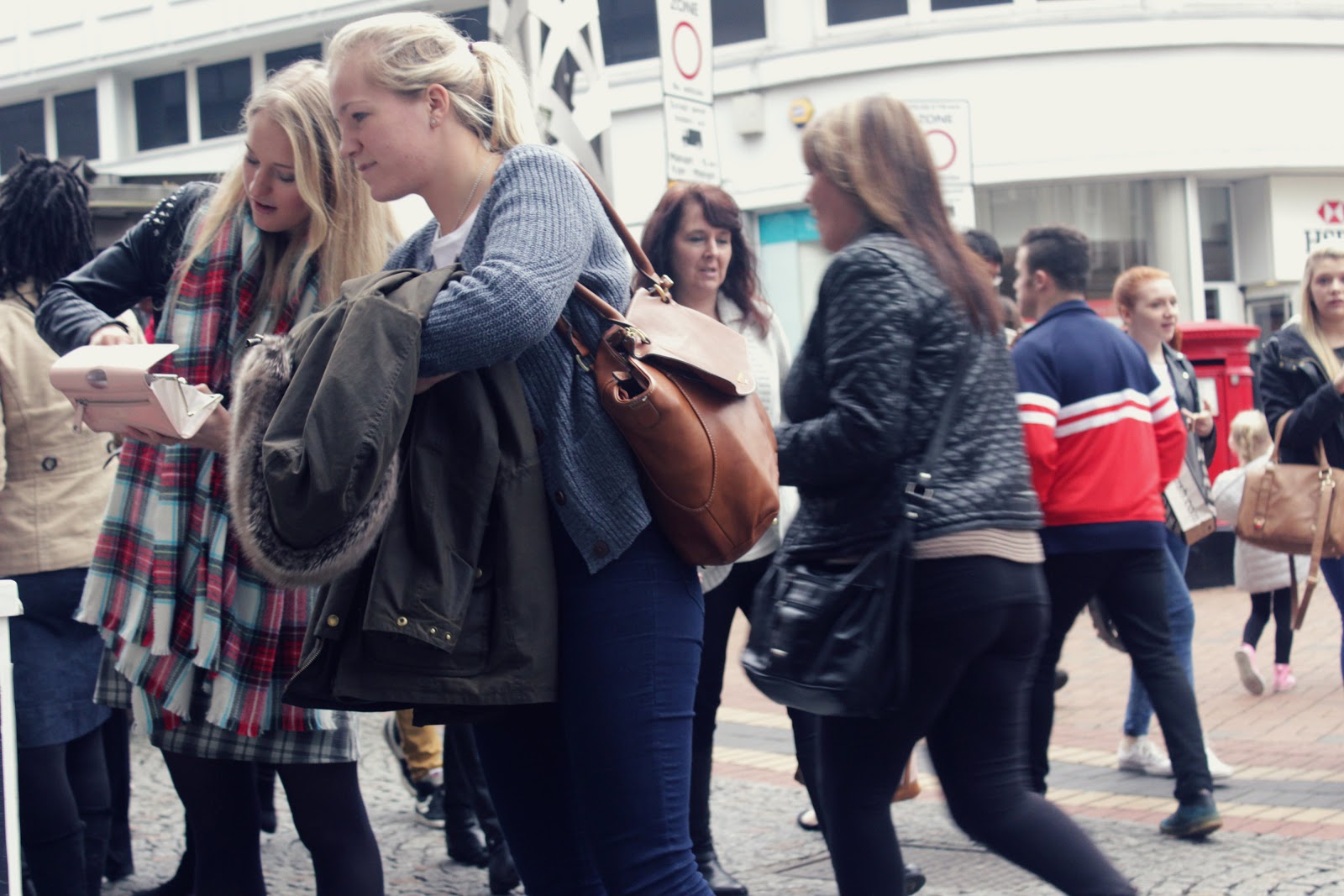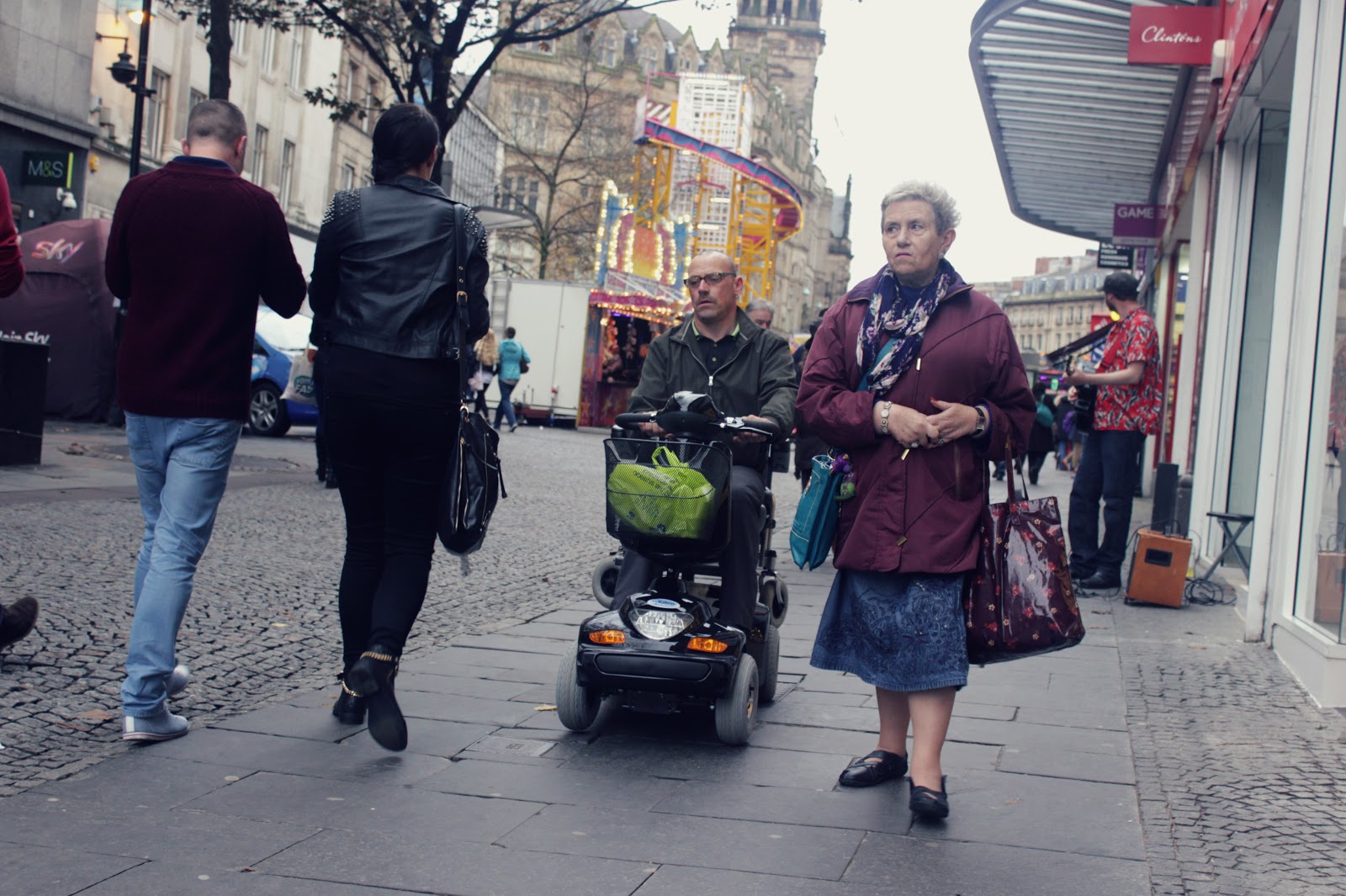The decisive moment is massively important in street photography, which is when you decide to press your shutter and capture you photo. The decisive moment is particularly important in street photography as it isn't like going into a studio and taking a portrait of someone, because with that you know what you are going to get as pre production and planning are involved. Street photography is spontaneous. You can't plan a photo to any great extent, you simply have to find it or wait for it to come to you, and capture your shot when everything comes together to make an interesting and effective photo for you. The time you decide to capture these situations in your camera is the decisive moment and it is crucial in creating captivating street photography.

As research into street photography techniques I decided to look at Magnum contact sheets. A contact sheet consists of strips of film printed onto photographic paper, and reveals every shot the photographer has taken acting as a diary of what they have done with a roll of film and a tool for selecting photos worth enlarging. Contact sheets reveal to us that person's photographic process and decision making techniques, and also how they experiment and approach their chosen subject matter. Because they are very personal we rarely see contact sheets from a photographer, instead we see what to them is the perfect outcome of what they were trying to achieve.
I decided to look at Elliot Erwitt's contact sheets in particular as he was one of the original Magnum members and I do like his photographic style in terms of making what can be quite everyday subject matters more humorous and entertaining to observe through a photograph. In the contact sheet above we can see how Erwitt went about photographing these two dogs and their owner. We can see that he took a lot of photographs and experimented with lots of different angles. In the earlier photos he was at a higher vantage point to his subjects and then turned his camera around to take portrait photos, after this you can see that he decided to lower himself and returned to taking landscape photos. The photo highlighted at the end is the photo Erwitt chose and printed, and has become a well known and recognisable street photograph of his world wide.
What this contact sheet reveals about Elliot Erwitt is his process for taking photos, he takes many shots and experiments to make the best photo he can, being patient and waiting for the perfect moment, whereas William Klein for example would see something, take a photo if the moment is right for him and move to the next subject matter.
William Klein On His Contact Sheets
"I would look at my contact sheets and my heart would be beating, you know. To see if I'd caught what I wanted. Sometimes, I'd take shots without aiming, just to see what happened. I'd rush in crowds - bang! Bang! I liked the idea of luck and taking a chance, other times I'd frame a composition I saw and plant myself somewhere, longing for some accident to happen."
I really enjoyed this video by William Klein talking about his technique because it really revealed his style and attitude to his photography. I love the way he doesn't take himself to seriously and It really helped me learn more about his process for taking his photos, he see's an oppotunity, takes it and looks for another.
Looking at these contact sheets and the way these photographer's go about doing their street photography has really made me think more about how I go about taking my own photographs. Next time I take photographs I want to be more patient like Elliot Erwitt and really work for the best shot I can make.



















































